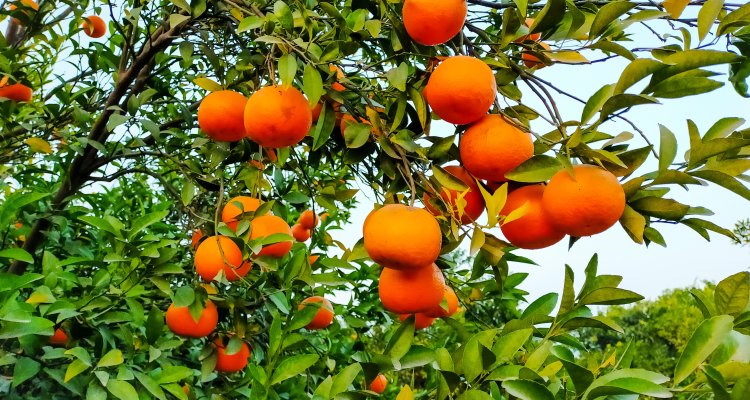
Project
Fytosanitair: Candidatus Liberibacter
The NVWA wants to have a rapid diagnosis for pathogens in citrus and in particular for Candidatus Liberibacter spp., the cause of Huanglongbing disease (HLB). The pathogen cannot be cultured and is difficult to detect. In addition, there is a need for a method to quickly and reliably determine the haplotype of Candidatus Liberibacter solanacearum, which causes diseases in Apiaceae and in potatoes.
In this project, methods are developed and evaluated for the detection of Candidatus Liberibacter spp., a group of regulated plant pathogenic bacteria that can cause disease in important crops. In the project, a detection method based on a metagenomics approach is being developed for Huanglongbing disease of citrus (HLB) and Zebra Chips in potato. Herein, the total DNA from the sample is extracted and sequenced. The short sequence reads are then compared to sequences in a database to determine which pathogens are present. The method is therefore suitable for detecting not only 'Ca Liberibacter spp.' but in principle all pathogens (except RNA viruses) in the plant.
Reliable diagnostics not only require a robust, reliable detection method, but also a validated sampling strategy. 'Ca Liberibacter species' that can cause HLB are not homogeneously distributed in the citrus plant. The project therefore pays attention to a suitable sampling method, looking at the location of sampling (leaf, (leaf) stem, the amount of the sample, and the time of sampling). This is performed in close summary with a partner in South America where the pathogen is endemic. Ca Liberibacter solanacearum has five haplotypes, two of which (A and B) can cause Zebra Chips. The project also examines how the haplotypes can be determined efficiently.
Perhaps the results of a metagenomics analysis will enable a haplotype determination, but other methods based on multilocus sequence typing are also being evaluated. 'Ca Liberibacter spp.' cannot be cultivated or can only be cultivated with great difficulty, which makes it difficult to determine biological properties (host plant series, aggressiveness). In the project, genetic information is used to map the metabolic properties of the bacterium in order to be able to develop a growth medium.